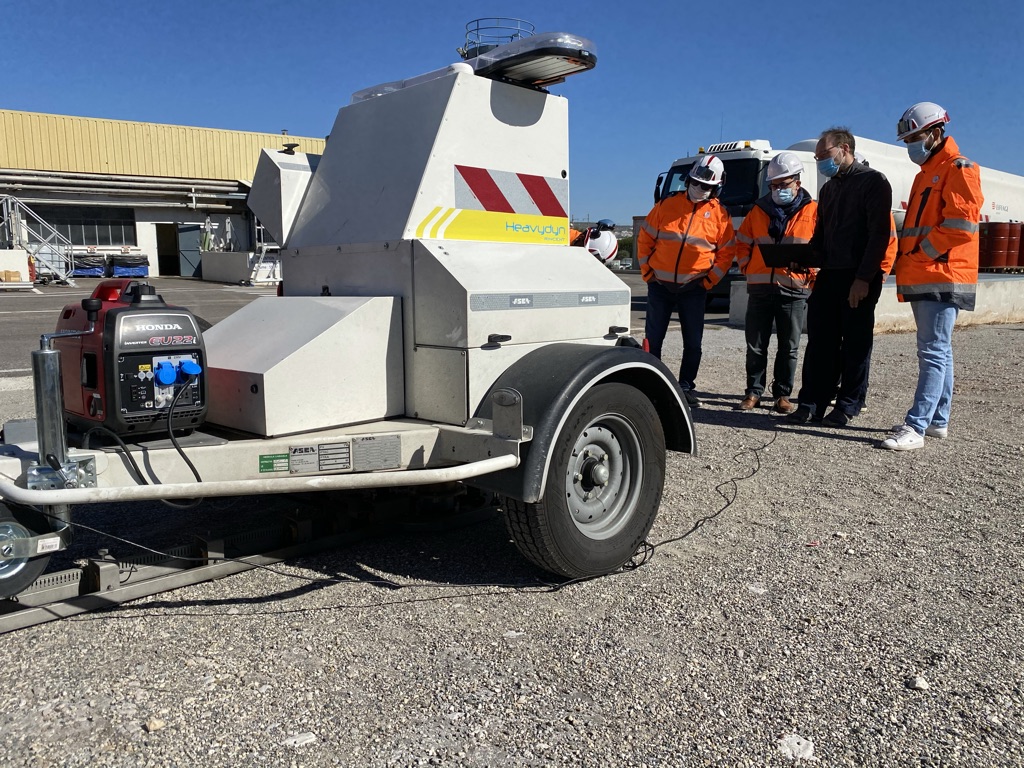THE FALLING WEIGHT DEFLECTOMETER: AN ANGLICISM THAT HIDES A FRENCH DISCOVERY
Did you know that the FWD was invented in France and that it has had great success in the rest of the world?
The history of the Falling Weight Deflectometer
The FWD, or Falling Weight Deflectometer, has been widely used in the world for more than 40 years, and is yet still little known in France in some circles.
However, it can be advantageously replaced by the Benkelman beam in soil and pavement deflection tests.
In French, we should call it a ball deflectometer or a falling mass deflectometer. The expression is not very straightforward, which is why even in France the abbreviation FWD has been kept mirroring the anglicism Falling Weight Deflectometer.
The principle of the Falling Weight Deflectometer was invented at LCPC (Laboratoire central des ponts et chaussées).
The Falling Weight Deflectometer (FWD) is derived from a device studied in France in 1963 by the Laboratoire Central des Ponts et Chaussées (now called Université Gustave Eiffel).
The principle of this device was taken up by a university and a company in Denmark.
In 1976, the FWD was officially recognized by the Danish authorities as a means of pavement inspection.
A Danish group exported the FWD to the United States in the late 1970s.
Today, the FWD is a successful equipment for pavement inspection, recognized throughout the world but especially by Anglo-Saxon countries.
In France, more than twenty FWD are in use today.
All users are very satisfied. Indeed, the FWD allows to make efficient measurements in urban areas, in pavement diagnosis.
Rovem Partner allows you to try and test the first French FWD, the HEAVYDYN, by allowing you to rent it for a few days.



